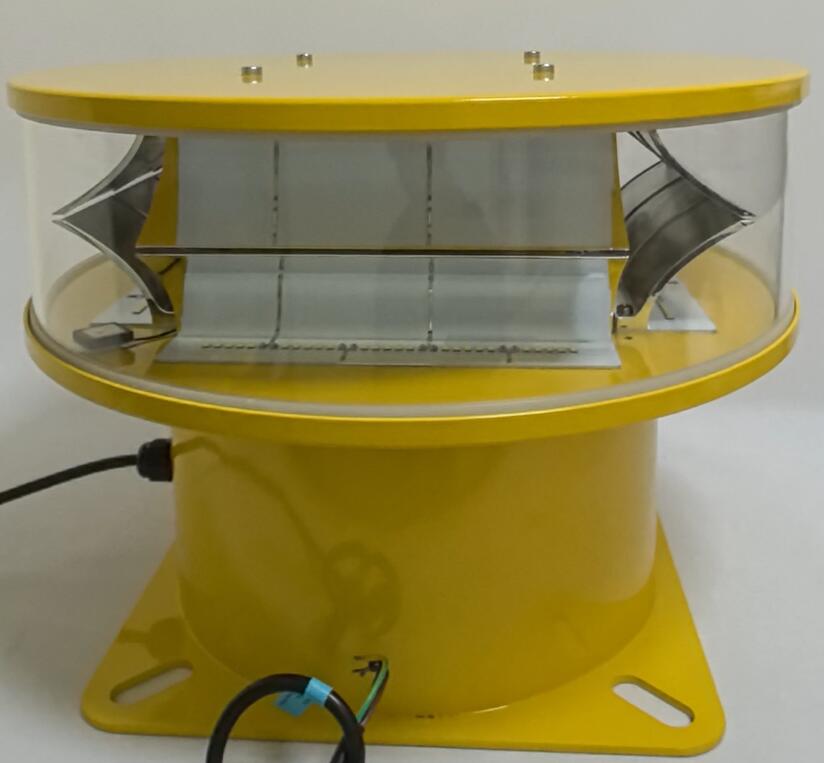Aviation Lamp Price: The True Cost of Safety in the Skies
In the complex ecosystem of aviation infrastructure, the discussion around aviation lamp price often becomes the central focus for project budgeting and procurement decisions. However, viewing these critical safety components through a narrow lens of initial cost can lead to catastrophic oversights. The true value of an aviation lighting system extends far beyond the price tag—it encompasses long-term reliability, regulatory compliance, operational efficiency, and ultimately, the priceless assurance of safety. This article deconstructs the economics behind aviation lighting and reveals why intelligent investment decisions must look beyond the initial quote.
Beyond the Invoice: Understanding Total Cost of Ownership
The initial aviation lamp price represents only a fraction of the total financial commitment. Savvy operators evaluate projects based on Total Cost of Ownership (TCO), which includes:
Procurement Costs: The initial purchase price of units and control systems
Installation Expenses: Labor, equipment, and engineering costs for system deployment

Energy Consumption: Ongoing electricity costs for 24/7 operation
Maintenance Requirements: Scheduled servicing, replacement parts, and labor
| aviation lamp price |
Compliance Risks: Potential penalties for regulatory non-compliance
Failure Consequences: Liability exposure and operational disruptions
A lamp with a higher initial price but superior efficiency and reliability typically delivers significantly lower TCO.
The Economics of Technology: LED Revolution
The shift from traditional incandescent to LED technology has fundamentally changed the aviation lamp price paradigm. While LED units command a premium initially, they deliver substantial long-term savings:
Energy Efficiency: LEDs consume up to 80% less power than incandescent alternatives
Longevity: 50,000+ hour lifespan versus 2,000-5,000 hours for incandescent bulbs
Durability: Solid-state construction withstands vibration and impact better
Maintenance Reduction: Fewer replacements mean lower labor costs and reduced access requirements
These advantages make LED technology the economically superior choice despite higher upfront costs.
Quality Spectrum: What Drives Price Variations?
The aviation lamp price varies significantly based on several key factors:
Performance Specifications: Intensity levels (L-810, L-864, L-856) directly affect cost
Certification Requirements: ICAO, FAA, and other certifications add development and testing costs
Environmental Protection: IP67/IP68 ratings and corrosion resistance increase manufacturing complexity
Materials Quality: Marine-grade aluminum and tempered glass ensure longevity but increase production costs
Smart Features: Remote monitoring and control capabilities add value and functionality
Revon Lighting: Where Quality Meets Value
As China's foremost manufacturer of obstruction light and aviation lamp systems, Revon Lighting has built its reputation on delivering exceptional value through engineering excellence. While their products represent the premium segment of the market, they demonstrate how quality manufacturing actually reduces long-term costs.
Revon Lighting's approach to aviation lamp price focuses on lifetime value:
Advanced Engineering: Precision optics and thermal management ensure optimal performance
Premium Materials: corrosion-resistant housings and impact-resistant lenses guarantee durability
Rigorous Testing: Every unit undergoes comprehensive performance and environmental testing
Energy Optimization: Intelligent power management maximizes efficiency
Compliance Assurance: Full adherence to international standards eliminates compliance risks
The company's philosophy proves that investing in quality aviation lighting isn't an expense—it's insurance against future costs and risks.
Strategic Procurement: Asking the Right Questions
When evaluating aviation lamp price, professionals should consider:
What is the expected service life under operational conditions?
What are the specific power consumption requirements?
What warranty terms and support services are included?
| aviation lamp price |
Can the supplier provide reliability data and case studies?
How does the product perform in extreme environmental conditions?
The Future of Aviation Lighting Economics
Emerging technologies are further enhancing the value proposition of quality aviation lighting:
IoT Integration: Remote monitoring reduces maintenance visits and enables predictive maintenance
Solar Hybrid Systems: Eliminate electrical infrastructure costs in remote locations
Smart Controls: Adaptive brightness adjusts to conditions, saving energy
Modular Designs: Simplify repairs and extend system lifespan
These innovations continue to improve the long-term value equation for aviation lighting investments.
Conclusion: The Intelligent Investment in Safety
The conversation about aviation lamp price must evolve from simple cost comparison to value assessment. The most economical choice isn't the cheapest initial option, but the system that delivers reliable performance, regulatory compliance, and lowest total cost of ownership. By partnering with quality-focused manufacturers like Revon Lighting, aviation professionals ensure their projects meet the highest standards of safety while achieving optimal financial performance. In aviation lighting, true economy is measured in years of flawless operation, not in dollars saved on initial purchase. The skies demand nothing less than this commitment to excellence.
